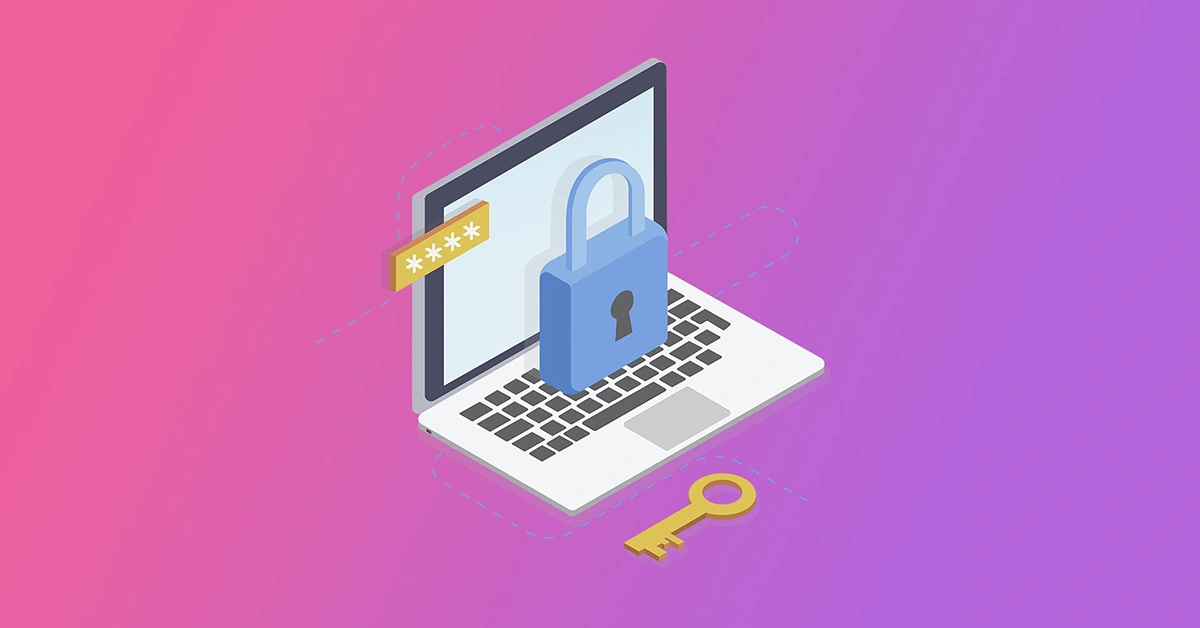
October marks Cybersecurity Awareness Month, a vital reminder for individuals and businesses alike to stay vigilant about their online safety. This year’s 2024 theme, “Secure Our World”, highlights the importance of taking small, actionable steps to safeguard digital environments. With cyber threats evolving rapidly, small business owners must be especially proactive in protecting their operations from potential attacks. Fortunately, staying safe online doesn’t have to be complicated. This blog identifies four easy ways your business can strengthen its cybersecurity defenses, along with real-world examples of companies that didn’t follow these simple rules and suffered the consequences.
1. Recognize and Report Phishing
Phishing attacks are one of the most common ways hackers gain unauthorized access to systems. These scams often come in the form of fraudulent emails, texts, or websites designed to trick individuals into providing sensitive information like passwords or credit card details. Recognizing phishing attempts and reporting them promptly can save your business from serious damage.
Tip for recognizing phishing: Look for red flags such as generic greetings, misspelled domains, unexpected attachments, or urgent requests for information. If something seems off, it probably is.
Real-world example: In 2022, Twitter faced a phishing attack that compromised some employees’ accounts, allowing hackers to access internal systems. The attackers used spear-phishing techniques, which are highly targeted emails, to trick employees into sharing their credentials. As a result, the hackers gained control of high-profile Twitter accounts, causing widespread disruption and reputational damage. (1)
2. Use Strong Passwords
Weak passwords are a goldmine for cybercriminals. Simple, easy-to-guess passwords make it incredibly easy for hackers to break into your accounts. Strong passwords should be long, complex, and include a mix of letters, numbers, and special characters. It’s also crucial to avoid reusing the same password across multiple platforms.
Tip for creating strong passwords: Use a password manager to generate and store complex passwords. Consider using a passphrase (a random sequence of words) that is both secure and easier to remember than a string of random characters.
Real-world example: In 2019, the Marriott hotel chain experienced a massive data breach that exposed the personal details of over 5 million guests. One contributing factor to the breach was the use of weak, easily guessable passwords by employees, which allowed hackers to gain unauthorized access to sensitive systems. Had stronger passwords been in place, the attack might have been prevented. (2)
3. Turn On Multi-Factor Authentication (MFA)
Multi-Factor Authentication (MFA) adds an extra layer of security by requiring users to provide two or more verification factors to access an account. This makes it significantly more difficult for attackers to gain access, even if they have your password. Enabling MFA across all business-critical accounts is a straightforward and highly effective way to protect sensitive data.
Tip for using MFA: Set up MFA on all key accounts, including email, banking, and any business apps that contain sensitive information. Most platforms offer easy-to-use options like SMS codes or authentication apps.
Real-world example: In 2021, Colonial Pipeline fell victim to a ransomware attack that severely disrupted fuel supply across the United States. The hackers gained access to Colonial Pipeline’s network through a single compromised password for an employee account that didn’t have MFA enabled. The lack of MFA allowed the attackers to infiltrate the system with ease, resulting in a devastating outcome. (3)
4. Update Software Regularly
Keeping your software up to date is one of the simplest ways to defend against cyber threats. Software updates often include patches for security vulnerabilities that could otherwise be exploited by hackers. Outdated software leaves your systems exposed to known threats, so it’s essential to install updates as soon as they become available.
Tip for staying up to date: Enable automatic updates on all systems and software whenever possible. If an automatic option isn’t available, set up regular reminders to check for updates manually.
Real-world example: In 2017, Equifax suffered one of the largest data breaches in history, exposing the personal information of over 147 million individuals. The breach occurred because Equifax failed to patch a known vulnerability in their software. Despite the availability of a software update that would have closed the security gap, it was not implemented in time, leaving the system exposed to hackers. (4)
Why Small Businesses Should Care
You might think that cybercriminals are more interested in targeting large corporations, but small businesses are often seen as easier targets. They frequently lack the robust security systems that bigger companies can afford, making them prime candidates for phishing, ransomware attacks, and data breaches. Implementing these four simple cybersecurity practices—recognizing phishing, using strong passwords, enabling multi-factor authentication, and updating software regularly—can significantly reduce your risk.
This Cybersecurity Awareness Month, take the time to assess your business’s cybersecurity habits. Are your systems and employees prepared to fend off potential threats? If not, now is the perfect time to take action and Secure Our World.
Dynamic Edge Can Help
Since 1999, Dynamic Edge has helped hundreds of small and mid-sized businesses maximize the return on their technology investment. Contact us today for a free network assessment, so that we may help you implement cost-effective security solutions to keep your organization and its clients safe and productive. Our Help Desk features friendly, experienced engineers who answer calls live and solve more than 70% of issues on the first call.
- https://www.wired.com/story/twitter-leak-200-million-user-email-addresses/
- https://www.ftc.gov/news-events/news/press-releases/2024/10/ftc-takes-action-against-marriott-starwood-over-multiple-data-breaches
- https://www.cisa.gov/news-events/news/attack-colonial-pipeline-what-weve-learned-what-weve-done-over-past-two-years
- https://www.ftc.gov/news-events/news/press-releases/2019/07/equifax-pay-575-million-part-settlement-ftc-cfpb-states-related-2017-data-breach


